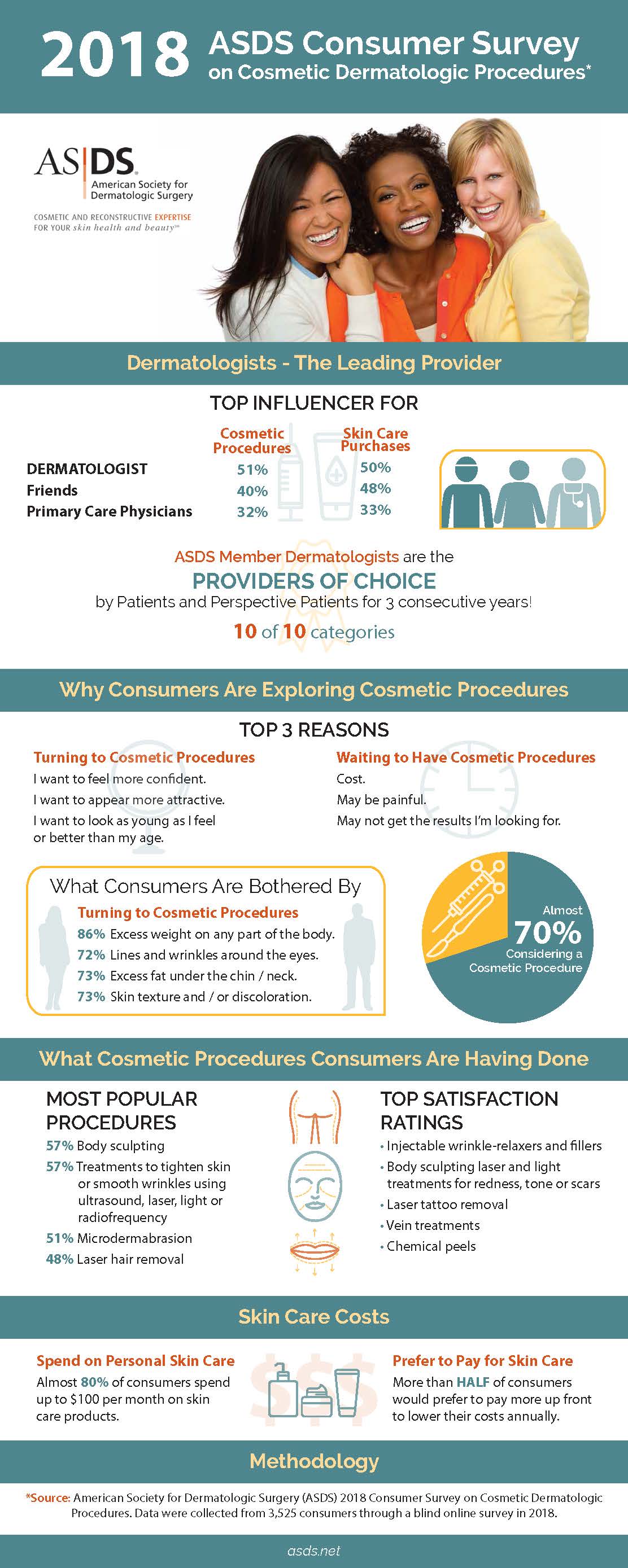Best Makeup Removers For Acne
Best Makeup Removers For Acne
Blog Article
Causes of Acne on Cheeks
Acne outbreaks in the cheek location are set off by many points, from touching your face often to not changing your pillow case commonly enough. Picking at imperfections boosts your risk of infection and scarring, and particular medications can worsen dark places (postinflammatory hyperpigmentation).
Luckily, there are several means to stop and deal with cheek acne. These consist of:
1. Hormone Modifications
Acne is mainly brought on by hormonal agents, particularly those created throughout adolescence and maternity. For some, a family history of acne may likewise contribute to their condition. Anything that clogs pores, such as oil-based skin care items or ceraceous hair items, can activate acne. Numerous topical therapies, like benzoyl peroxide and salicylic acid, can battle germs and unblock pores. Those with severe or chronic acne should look for therapy from their medical professional.
Stay clear of touching or pressing your acne, as this can push a few of the bacteria deeper into the skin, leading to a more extreme outbreak. It is likewise essential to change pillowcases regularly and make use of tidy make-up brushes. You must likewise try to avoid toxic irritants such as rubbing from using a safety helmet or tight collar.
2. Diet
The oily, sweet foods that lots of people believe trigger acne may actually refrain so. Actually, research studies have shown that consuming a diet regimen rich in whole, nutrient-dense foods helps to stop outbreaks.
Foods high in the glycemic index (such as white bread, corn flakes, puffed rice and potatoes, doughnuts and other breads) increase blood glucose levels promptly, and this can boost hormones that increase oil manufacturing and cause acne.
Consuming cow's milk has additionally been linked to increased acne outbreaks. If you are a routine cow's milk drinker, you could wish to try changing to low-fat or nondairy choices that are fortified with calcium. In addition, consuming alcohol even more water can assist to reduce acne due to the fact that it assists to keep the skin hydrated.
3. Excess Oil
While oil is crucial for healthy and balanced skin, it can end up being a problem when way too much sebum combines with dead skin cells and blocks pores. This combination can develop blackheads, whiteheads and acnes. The clogged pore wall surface can break down and spill germs, dead skin cells and sebum into bordering skin. This results in a red bump called an acne. Sometimes these red bumps have pus in the facility from a bacterial infection. Larger contaminated bumps that look like acne are called cysts.
There are several points that can cause excess sebum and clogged pores, consisting of hormone fluctuations, diet plan and daily behaviors. Some examples consist of touching the face regularly, resting your hand on your cheek, making use of filthy makeup brushes and not transforming pillowcases consistently.
4. Anxiety
If you're dealing with pain pimples or a variety of blackheads and facial beverly hills whiteheads, it may be time to speak to a skin specialist. They can recommend a reliable treatment that matches your skin type. Exercising relaxation and stress-reduction methods also assists.
Acne can occur in the cheeks as a result of friction and stress, such as when a person touches their face often or wears a hat or sporting activities helmet that rubs versus the skin. It can also show up where oily cosmetics and creams massage versus the skin.
Stay clear of squeezing acne, as this can press infected product deeper into the skin and cause scarring. Instead, see a physician to learn about preventative therapies like medication, skin treatment products and way of living changes. Consuming a healthy and balanced diet plan of whole foods, getting 7 to nine hours of rest and using noncomedogenic make-up and skin care products can all help in reducing acne breakouts.
5. Hair Products
Hair items are not typically considered a cause of outbreaks, but they can contribute to acne on the cheeks in some individuals. Pomade acne, which is characterized by little shut comedones and papulopustules, is commonly triggered by making use of oily hair products which contain comedogenic active ingredients such as certain oils and acetylated lanolin.
Selecting hair items that don't have these potentially comedogenic components is a vital step toward decreasing breakouts. Likewise, making certain that hair items aren't being available in contact with the skin can aid avoid outbreaks. As an example, wearing a scarf or hood during the night can limit hair-to-face get in touch with and minimize the chance that leave-in hair products will rub off onto the face.
Along with using a non-comedogenic moisturizer and cleaning with an acne face clean, other useful methods consist of: